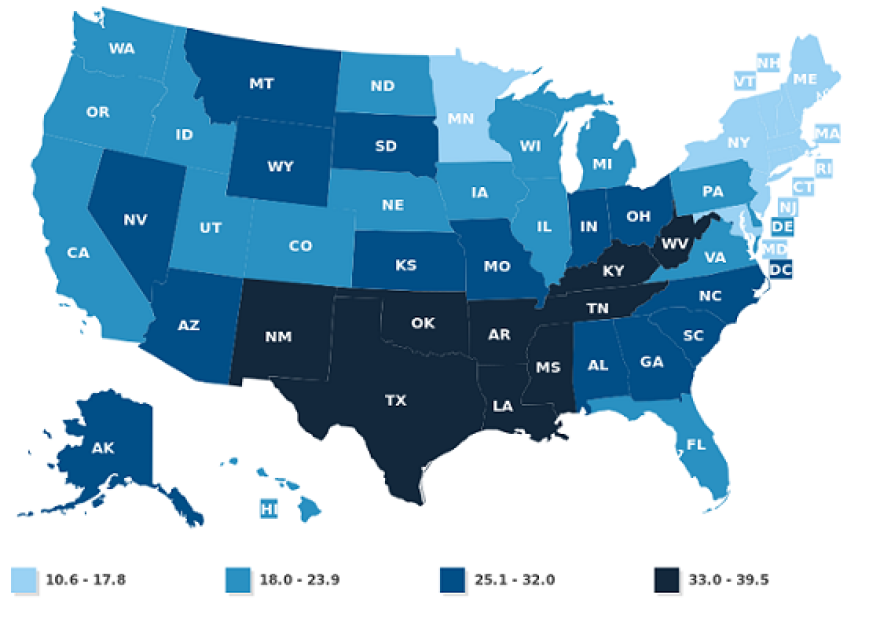The number of teens having babies in the U.S. is at an all-time low.
Births to all teens have gone down more than 40 percent over the past decade, according to a new analysis by the Centers for Disease Control.
The rate hit a critical peak in 1991, at 61.8 births for every 1,000 adolescent females. In 2014, there were 24.2 births per 1,000 – the lowest rate ever recorded.
So what is driving this shift?
The most dramatic changes have been among Hispanic and black teens.
Since 2006, the teen birth rates among Hispanic and black teens have dropped 51% and 44%, respectively.
While these drastic declines have reduced racial gaps, disparities still exist as birth rates remain twice as high for these teens nationally compared with white teens.
Why are fewer teens having babies? Most experts agree on two major reasons:
One is better birth control.
Teens today have better access to contraception, and more convenient options than they had in the past. More are taking advantage of long-term, highly effective methods like the Depo-Provera shot, and intrauterine devices (IUD) in lieu of daily pills.
The other is that teens are having less sex.
Researchers believe a change in social norms has happened over the past couple of decades, and the idea of not having sex or delaying sex is now something that can be okay.
The analysis highlights key community- and state-level patternsincluding:
Dramatic racial and ethnic differences: In some states, birth rates among Hispanic and black teens were more than three times as high as those of whites. Socioeconomic and education gaps: Higher unemployment and lower income and education are more common in communities with the highest teen birth rates, regardless of race. Key in-state differences: In some states with low overall birth rates, pockets of high birth rates exist in some counties. Regional patterns: Counties with higher teen birth rates were clustered in southern and southwestern states.
Teen pregnancy and childbirth cost U.S. taxpayers over $9 billion each year. And teen girls who have babies are less likely to finish high school, more likely to rely on public assistance, and more likely to be poor as adults.
And my colleagues Dustin Dwyer and Jennifer Guerra have brought us accounts of the hardships of teen parenting.
CDC Director Tom Frieden said in a press release:
The United States has made remarkable progress in reducing both teen pregnancy and racial and ethnic differences, but the reality is, too many American teens are still having babies. By better understanding the many factors that contribute to teen pregnancy we can better design, implement, evaluate, and improve prevention interventions and further reduce disparities.
While the reduction in teen pregnancy is definitely something worth celebrating, we still have a long way to go.
You can see teen birth rates by statebelow:





